|
LISTEN TO THIS THE AFRICANA VOICE ARTICLE NOW
Getting your Trinity Audio player ready...
|
Dominic Mbogho still remembers the night the maternity ward fell quiet.
A young mother in hard labour clenched the rails of her bed, unable to voice the pain twisting through her body. Her sister stood beside her, frantically signing, a relay of gestures to describe contractions, fear and the question every midwife must answer, how much longer?
“It struck me then how fragile everything becomes when you can’t talk to each other,” says Mbogho, a nurse at Nairobi’s Pumwani Maternity Hospital. “You can’t treat what you don’t understand.”
For years Mbogho, like many of his colleagues, has relied on hastily scribbled notes, family members or sheer guesswork to understand and piece together a deaf patient’s medical history. Now, he holds up a phone and taps an icon labelled assistALL. Within moments, a live sign-language interpreter fills the screen.
“You log in, call, and suddenly you understand your patient directly,” he says. “No more guessing, no more misdiagnosis. It’s a relief for us and a lifeline for them.”
This is the promise behind Nairobi City County’s new pilot of assistALL, a Kenyan-built app that streams Kenya Sign Language interpreters to hospital wards and consulting rooms at the touch of a button. The six-month pilot, which began last week, covers all 118 county-run facilities and will remain free for health-care staff until December.
assistALL is not untested in the hospital setup. County hospitals in Busia and Mandera have been using it for almost a year. But Nairobi, a metropolis of about six million people, many living in congested informal settlements, is where the stakes are highest. Each day, thousands file through its clinics, dispensaries and referral hospitals. Among them are an estimated 150,000 deaf Kenyans whose clinical encounters frequently stall at the reception desk.
Globally, poor communication is linked to longer hospital stays, inappropriate treatment and avoidable deaths. For deaf patients, the risks multiply. Ruth Wairimu, a deaf news host at Signs Media, the company behind assistALL, grew up dreading medical visits.
She recalls the numerous times when communication was a barrier between herself and her doctors, often making her treatment experience more difficult. Doctors would be forced to resort to writing as a form of communication.
“Some doctors write in Swahili, and I can’t understand,” she explains through an interpreter. “If they switch to English, the sentence structure is hard because Kenyan Sign Language sentence structure is different. Many times you leave without really knowing what medicine you’ve been given.”
Tech Born From Personal a Journey
Luke Muleka, Founder and Managing Director of Signs Media, has a deeply personal connection to disability inclusion. “Disability inclusion has been at the heart of my upbringing,” he shared. “When I was born, the sister I followed was deaf and epileptic. This has always been a journey for me, trying to figure out how to give her a better, more inclusive life than what she had before.”
This motivation led to the creation of Signs TV, a sign language television station launched in 2017 that has been broadcasting ever since.
During the COVID-19 pandemic, Luke and his team noticed a critical challenge for the deaf community, accessing sign language interpretation while healthcare workers and interpreters were masked and shielded.
“Face masks, gloves, and face shields, all prescribed by WHO, became barriers. Sign language is an expressive language. The formation of the face and lips, especially for those who lip-read, is crucial. Communication is direct through the eyes and facial expressions.”
Recognizing this problem, they saw the need to bridge the gap by bringing sign language interpretation into the virtual space. “We launched an app with the six interpreters we had at the time. By the end of COVID, that number had grown to 20.”
Access Isn’t Universal Yet
As usage of the app grew, they began looking at broader challenges the deaf community faces beyond the pandemic, in healthcare, education, employment, financial inclusion, and access to conferences.
“Deaf people have often been denied access to conferences because they want to bring a sign language interpreter. What if they could have a virtual interpreter instead?”
This insight motivated them to evolve the app into a robust platform. Initially supporting only 2 to 10 simultaneous calls, it can now handle around 100 calls at once.
Luke highlighted a key challenge. Economic empowerment for persons with disabilities, especially deaf people, many of whom use basic phones rather than smartphones.
“We realized instead of expecting deaf people to carry the app, why not equip healthcare providers with it? They have smartphones, and wherever they work, there’s usually internet access.”
With the app, users dial through Nairobi County’s system for free sign language interpretation. However, if a deaf person tries to use the app independently and is not registered with the county’s system, there is a cost. He noted that virtual interpretation reduces the logistical challenges of in-person interpreters to almost negligible levels.
“A regular customer pays 30 shillings per minute, billed per second.”
The Nairobi Rollout
Dr. Essam Said, the Director of Medical Services for Nairobi City County, spoke about the rollout of the existing assistALL app to health facilities across Nairobi.
Nairobi City County faces a heavy healthcare burden, serving nearly six million people, many living in informal settlements.
“We are excited about this partnership and invite all stakeholders, local and international, to come together to create innovative ways to ensure all Kenyans can access quality healthcare as guaranteed by the constitution,” he said.
With 118 operational facilities and about 5,000 staff, Dr. Said acknowledged it’s impossible to train everyone to interpret sign language, but the app will allow services to be available 24/7 for people with hearing impairments without relying solely on human interpreters.
“Before, we assigned interpreters to assist patients, but assistAll helps us scale access to these services while managing the high costs of capacity building,” he said.
On the question of readiness, Dr. Said highlighted the county government’s commitment under Governor Johnson Sakaja to bring dignity and hope through innovative healthcare solutions.
“This app benefits not only clients with hearing impairments but also creates job opportunities, which is very important as our country grows,” he added.
For Muleka, partnership is the only route to scale. “Healthcare is Sustainable Development Goal 3, but partnership is SDG 17,” he says. “You need both.”
Under the pilot, Nairobi residents who register through county systems will access the interpreter pool at no cost. Independent users can still dial in, paying KSh30 a minute, billed per second.
assistALL’s interface is simple. It has a large video window, mute and end-call buttons. Wairimu remembers her first test call. “You press the button and within seconds there is someone signing back. The doctor can ask, ‘Where is the pain exactly?’ and I can answer in my language.”
Would she still prefer a live interpreter? “Yes,” she nods, “but interpreters are busy or far. The app is always there, even at 2 a.m.”
That constant presence is what excites physiotherapist Bala Concepta. Three weeks ago she treated a volleyball player at Nyayo National Stadium who happened to be deaf.
“One woman typed on her phone, but when I asked the player to describe the pain further, she couldn’t,” Concepta says. Without an interpreter around, she had to offer treatment based on what she could make of the typed conversation.
Beyond the Hospital Walls
Minnie Mbesa, the Quality Control Officer at Signs Media Kenya Limited, plays a central role in safeguarding the integrity of the sign language services offered.
“For our interpreters, it’s not just about signing up,” she explains. “We do rigorous background checks before anyone is allowed to interpret through the app.”
Every prospective interpreter submits their credentials, including a CV and training certificates, before facing a panel interview that includes deaf professionals. “We assess not just fluency in signing, but also their ability to voice for the deaf and maintain accuracy,” she adds.
So far, while over 500 interpreters have registered on the platform, only about 30 have passed these stringent checks.
“We also record interpretation sessions, not for surveillance, but for quality assurance. If a deaf user reports a concern, we can review the recording to ensure the service met our standards.”
While the goal is to have seamless app functions, Mbesa notes that technical glitches do happen, “it’s human-made after all,” but a dedicated developer works around the clock to fix bugs swiftly. Daily app testing by the admin team helps ensure reliability. She says that if an ongoing call drops, one will still be able to reconnect with the same interpreter or pick another one from the approved list.
She urges the deaf community to try the innovation. “Please, try the app. It’s the first of its kind in Kenya and Africa. Whether you’re in a hospital, police station, or any public service point, it’s here to help you be heard.”
Yet technology alone cannot erase systemic gaps. Mbogho still advocates teaching basic signs to every medical personnel. “If only one person knows sign language and they’re off duty, we’re stuck,” he says.
Outside hospitals, assistALL is finding unexpected uses. Families use it to practise sign language with deaf children, jobseekers deploy it in interviews, couples borrow interpreters for dates. “Deaf people don’t live in isolation,” Muleka says. “They want to study, work, fall in love.”
Economic inclusion is the next frontier. Signs Media is testing a lighter version that runs on basic handsets through Unstructured Supplementary Service Data (USSD). “If you can book mobile money on a feature phone, you should be able to book an interpreter,” Muleka says.
Will it Last Past The Pilot Phase?
For Nairobi’s health service the question is whether digital interpretation can outlive donor interest. In many counties, assistive technologies flare brightly at launch only to dim with budget cycles. Said is adamant this pilot will avoid that fate.
When pressed on how the county plans to avoid this becoming just another project that fails after launch, Dr. Said reassured that sustainability is central to every partnership. “Whenever Nairobi City County’s health, wellness, and nutrition sector sits with partners, there’s always a discussion about sustainability and how this app will continue to operate.”
He outlined a risk mitigation approach: “Our first step is to gather information during this pilot, understand the challenges that arise, and then scale up from there.” Dr. Said emphasised the importance of a whole-of-government approach.
“Once we have the data, we will engage with the national government and the Social Health Insurance system (SHA) to empower sustainability through integrated health financing.”
Acknowledging that challenges will come, he expressed optimism. “We are very excited to address these challenges holistically and move forward together.”
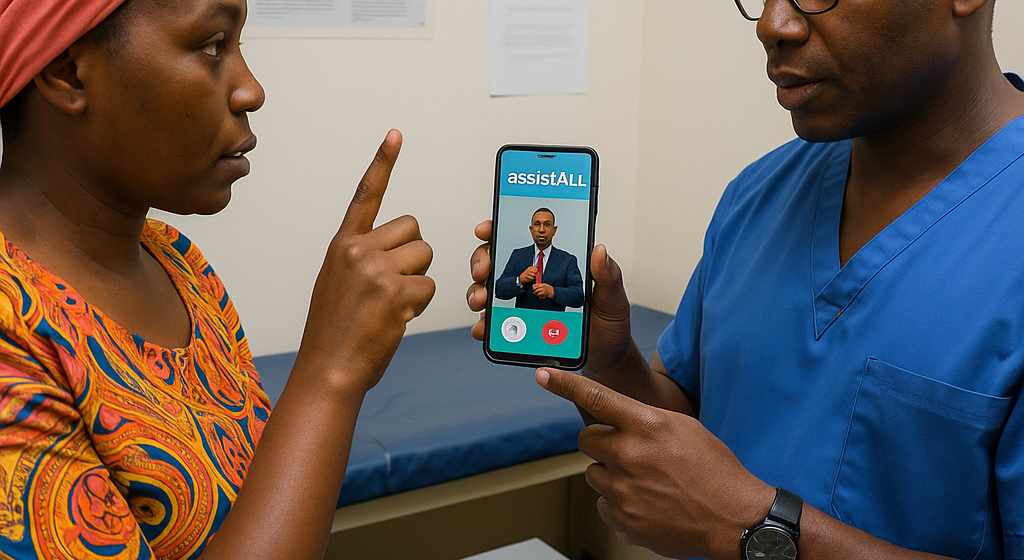

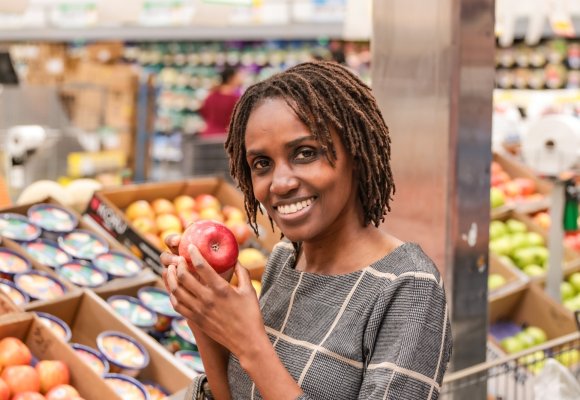
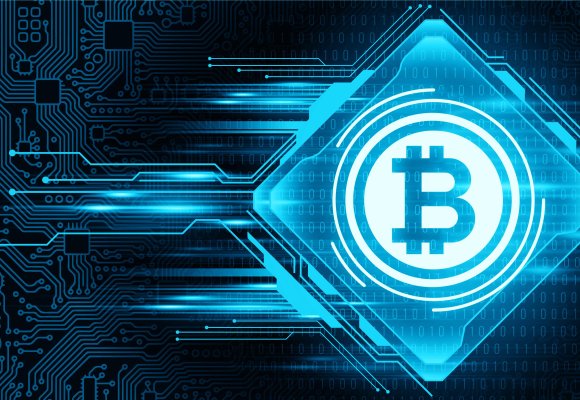
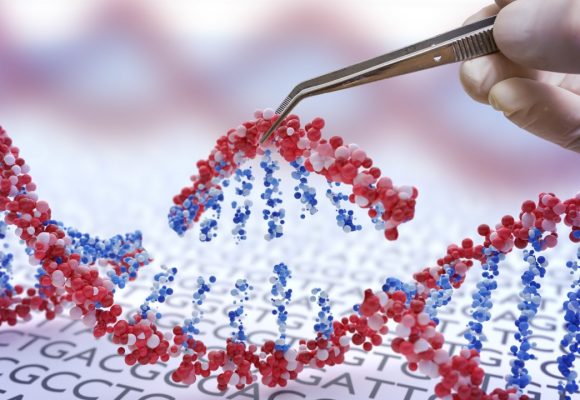
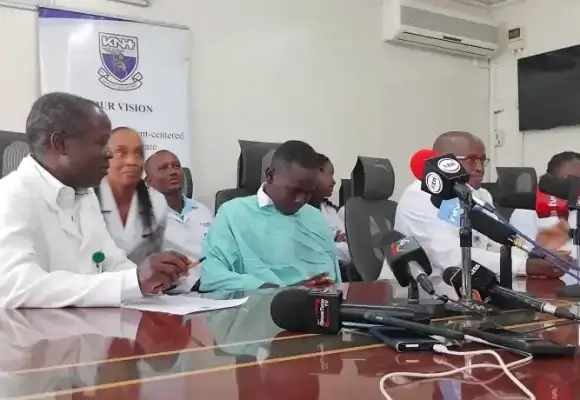
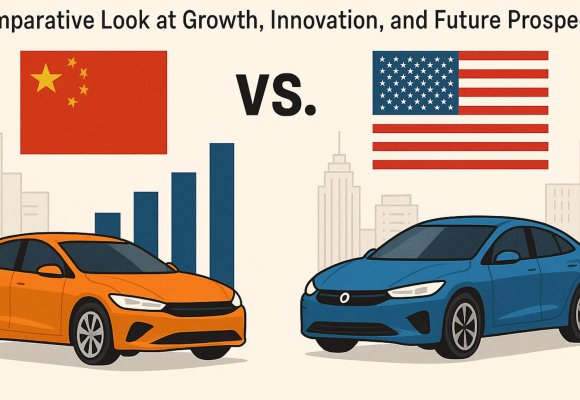
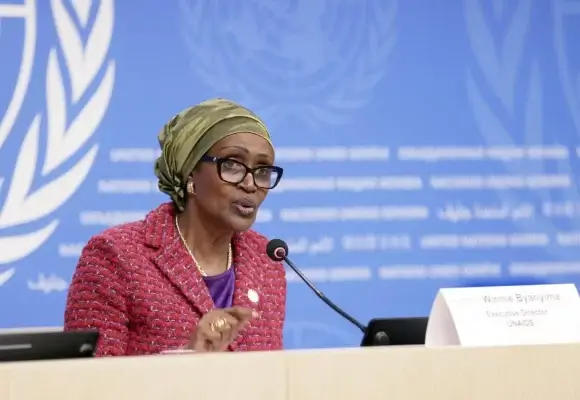
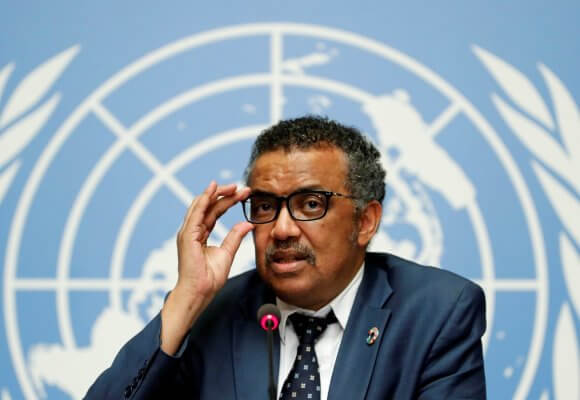
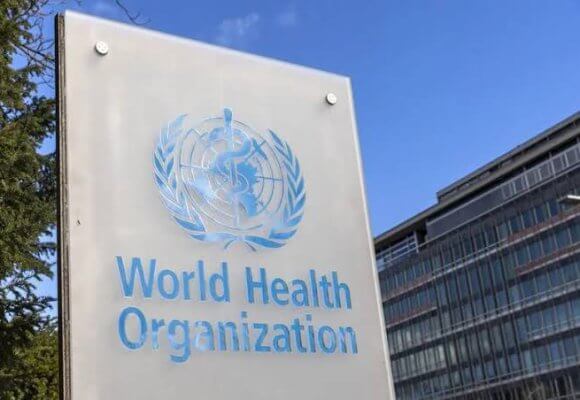

LEAVE A COMMENT
You must be logged in to post a comment.